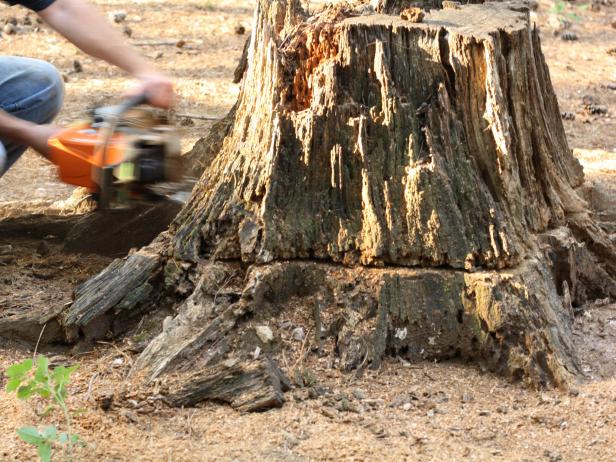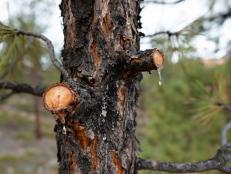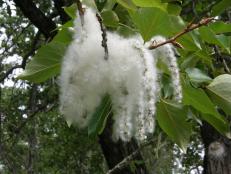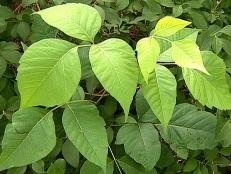How to Remove a Tree Stump
See our simple step-by-step instructions on how to remove a stump yourself, and without spending a bunch of money.

Learn how to remove a stump without a grinder. Step One: Get the stump as low as you can.

Trees come down, be it from age, disease or natural disasters. And left behind are the stumps, which can be expensive to remove.
Stump grinder rental can cost more than $150 per day and professional stump removal services can cost anywhere from about $150 to $1,000, depending on factors such as tree size.
While DIY stump removal solutions that don't involve a stump grinder may not be the fastest approach to getting rid of stumps, they're definitely less expensive.
Here's a proven way to remove a pesky stump when money actually is an object. Bear in mind, this involves burning, so check your local laws regarding open fires.
How to Remove a Stump
1. Lower the Stump
Cut the stump as low to the ground as possible before the process truly begins.
2. Soften the Stump
A commercial stump remover or plain ole saltpeter (aka potassium nitrate) will soften the wood and make it amenable to a slow and thorough burn.
Using a drill with a 1-inch bit, 8 to 12 inches long, drill deep holes in the top of the stump spaced 3 to 4 inches apart in all directions.
Fill each hole with stump remover/saltpeter, and top each hole off with boiling water to dissolve the saltpeter.
3. Give It Time
Walk away and forget all about that stump for a month or so to allow the remover to do its thing.
4. Add Kerosene
Now that the stump remover has been absorbed by the wood, it's time to do the same thing with an accelerant. Depending on the size of your stump, a gallon or two of kerosene or lamp oil will do the trick. Gasoline is not recommended.
Let this soak into the wood for a couple of weeks, then repeat the process. The accelerant will distribute throughout the stump, including the roots, allowing for a thorough and complete burn.
5. Burn the Stump
Check with your local fire department regarding open fires and any restrictions due to drought conditions. Once you have the go-ahead, it's time to burn.
Rake out the area around the stump to remove any flammable debris and, using bricks or rocks, build a fire ring around your stump. Place kindling and logs on top of your prepared stump, enough to build a standard campfire. Keep a hose handy as a safety precaution.
Start your fire as you would any other. The idea here is to get things hot, but don’t expect the stump to disappear in a burst of flame.
6. Tend to the Embers
As the fire fades into glowing embers and the stump is still there, don’t be disappointed. This is going to take some time.
Depending on the size of your stump, those embers may keep glowing for several days or even a week. Be sure to check progress often and stir the embers up now and again, if necessary. If they should go out, start a new fire hot enough to return to a hot ember state until the stump has burned out completely.
7. Rake Out the Ashes
Fill the hole with your preferred soil. If the stump was situated in a grassy area, it's time to seed.














































